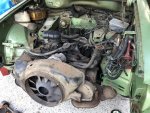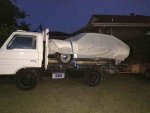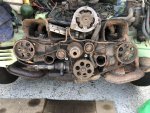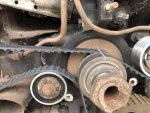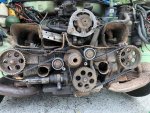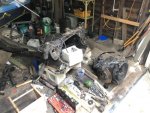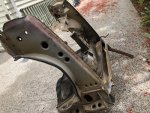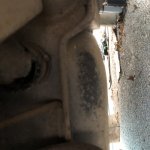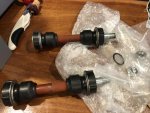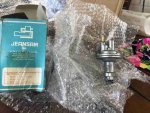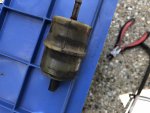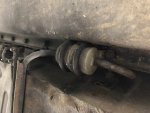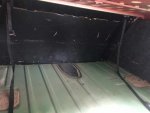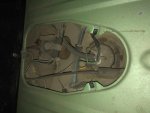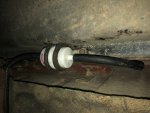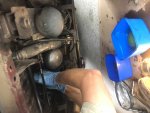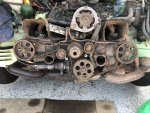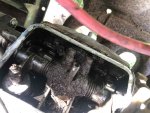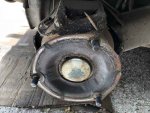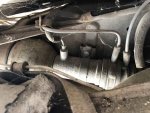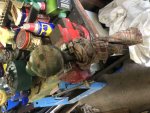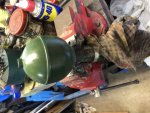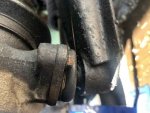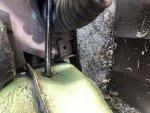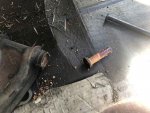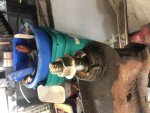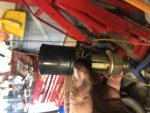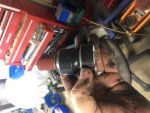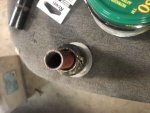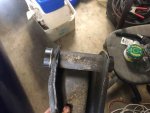For last year or so, I've really been wanting to do up and enjoy an older car. For those who know me, it was pretty obvious that it was going to be a Citroen of some sort, the only real question was which one?
After a brief dalliance with a Renault 10S, my Dad (KenW) has always had Citroens, and his first Citroens were his GSes.
I don't have any photos of his first GS, (it went before I was born), but the two I remember was his 1977 Green GS 1220 Pallas, and his Brown GS 1220 Club
This was his Green Pallas on the Indian Pacific, when they were moving back to Brisbane from Perth - around 1981

This is his Brown Club underneath the family home soon after we'd moved in and had the place lifted - this would be 88-89.

After a bunch of thinking, Dad let me know that BruceH had a menagerie of GSes at his place, so we had a chat, and I went to look at this.

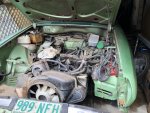
Looking at the chassis numbers, it was the next car off the production line after Dad's, so I guess that means it was meant to be.
A deal was done (for the car, and a half cut with an engine that turns over), and a date was organised to get the car and the half cut to KenW's place as I'm still in the process of getting a double garage organised at mine.
After a brief dalliance with a Renault 10S, my Dad (KenW) has always had Citroens, and his first Citroens were his GSes.
I don't have any photos of his first GS, (it went before I was born), but the two I remember was his 1977 Green GS 1220 Pallas, and his Brown GS 1220 Club
This was his Green Pallas on the Indian Pacific, when they were moving back to Brisbane from Perth - around 1981

This is his Brown Club underneath the family home soon after we'd moved in and had the place lifted - this would be 88-89.

After a bunch of thinking, Dad let me know that BruceH had a menagerie of GSes at his place, so we had a chat, and I went to look at this.


Looking at the chassis numbers, it was the next car off the production line after Dad's, so I guess that means it was meant to be.
A deal was done (for the car, and a half cut with an engine that turns over), and a date was organised to get the car and the half cut to KenW's place as I'm still in the process of getting a double garage organised at mine.
Last edited:

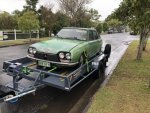
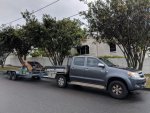
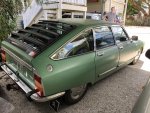
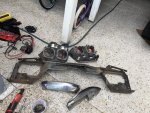
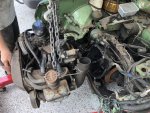
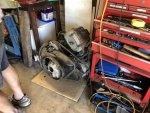
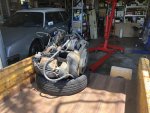
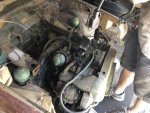
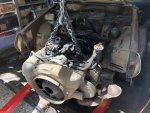
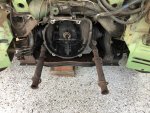
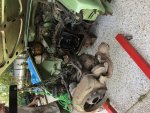
 , but finally, got it home.
, but finally, got it home.